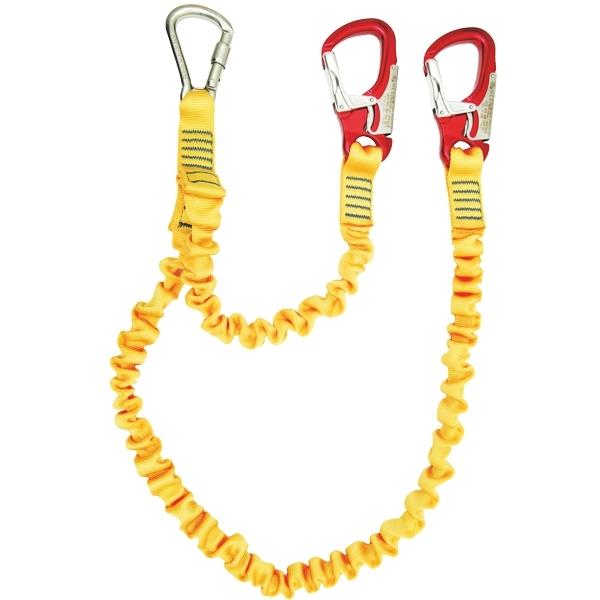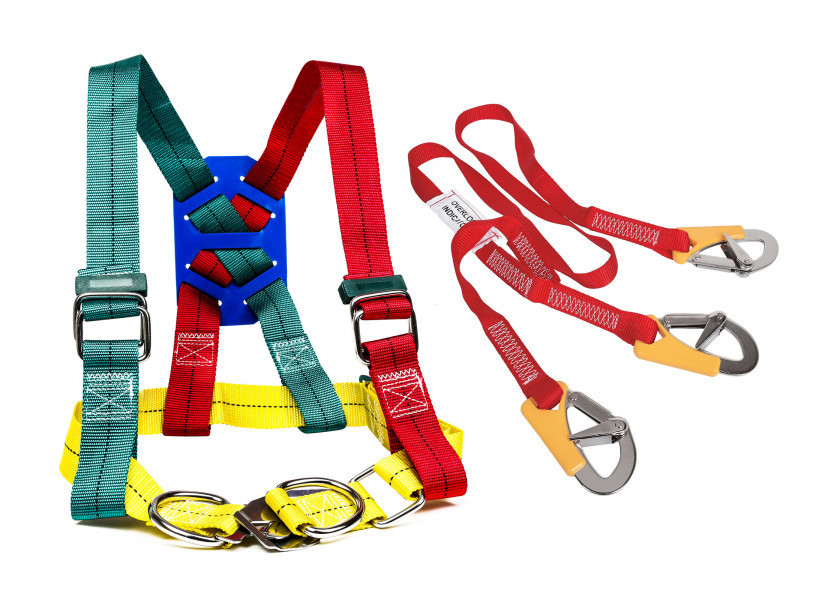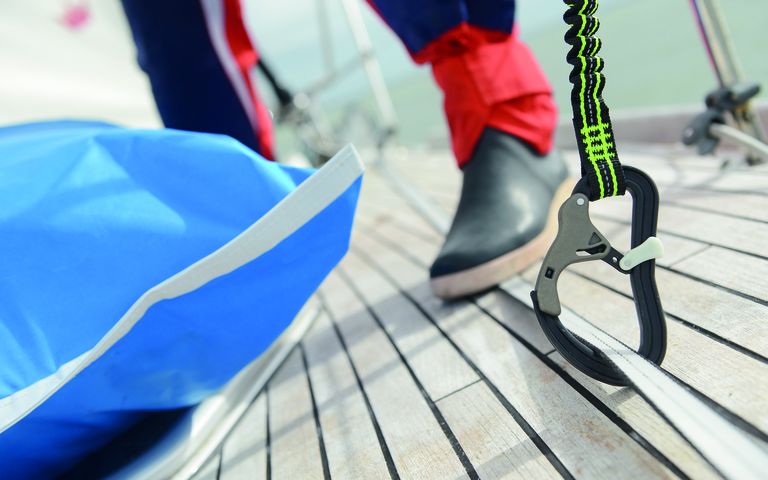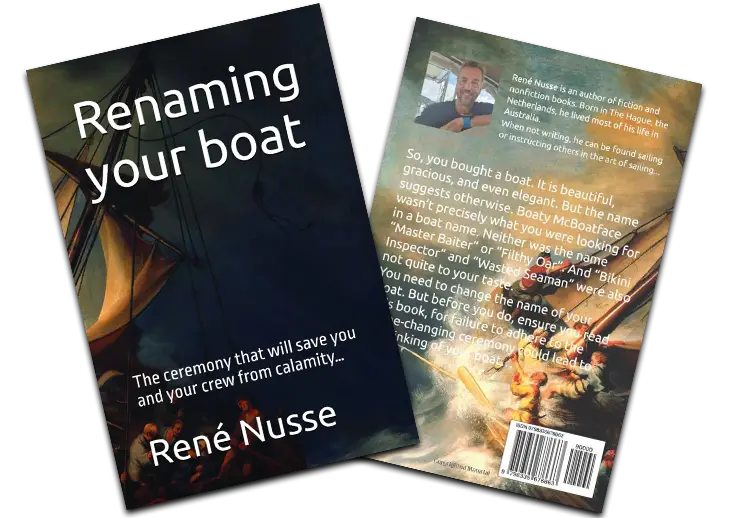Tether Lines on Sailboats
When offshore or sailing in rough conditions, falling overboard can become life-threatening. Enter the tether line — an essential part of every sailor’s safety gear. It connects you to the boat, ensuring you stay onboard even in the worst conditions.
What is a Tether Line?
A tether line is a strong, usually webbed strap or cord that links your safety harness or life jacket to a secure attachment point on the boat. It’s part of a larger personal overboard prevention system, including:
- A harness-integrated PFD (personal flotation device)
- A jackline system (webbing or rope running along the deck)
- The tether itself, often with locking or quick-release carabiners

Why Tethers Matter
Sailing can be unpredictable. Waves, weather, darkness, or even a moment of distraction can result in someone going overboard. Tether lines:
- Prevent falls into the sea
- Allow safe movement on deck in heavy weather
- Keep the crew connected to the vessel during night watches or solo sailing
- Only useful in conjunction with a quality harness or a PFD with an incorporated harness.

“Staying on the boat is far safer than being rescued from the water.”
Key Features of a Good Tether Line
Length:
- Standard: 6 feet (1.8 meters)
- Many are dual-length with a short 3-foot section to reduce the fall radius
- Shorter tethers are ideal near the cockpit or in storm conditions
Shock Absorption:
- Many include an energy absorber or elastic stretch to soften the force in a sudden fall
Clips/Carabiners:
- Must be marine-grade stainless steel
- Look for locking or auto-closing gates
- Quick-release options on the harness end are vital in emergencies
Construction:
- Heavy-duty webbing or Dyneema cord
- Must meet safety standards (e.g., ISO 12401, ORC regulations)
Two or three clips:
- Two clips are okay for use within the cockpit
- There are three clips for manoeuvring on deck, where it is essential to always be connected to your boat. When one clip is undone, the second is still connected.
Jacklines: The Tether’s Partner
Tethers are used with jacklines, which run along the deck from bow to stern or from cockpit to mast. Jacklines must be:
- Strong (typically webbing or low-stretch rope)
- Tightly secured to hard points
- Positioned to allow movement without stepping off-centerline

Tip: Install jack lines inside the shrouds so you’re less likely to be dragged overboard if you fall.
When to Use a Tether
- Offshore or coastal passages
- Night sailing
- Heavy weather or when reefed
- Solo watches
- Any time you’re outside the cockpit in motion
- When your partner asks you to…
It’s not about paranoia — it’s about building habits. Almost all overboard fatalities happen when a tether isn’t used.
Best Practices for Using Tethers
- Clip on before leaving the companionway
- Use short tethers in confined areas (like the cockpit)
- Always stay clipped in — even when reefing, trimming, or using the head
- Clip to the low and strong points to reduce swing/fall distance
- Never rely on lifelines alone for fall protection
Recommended Tether Brands
Some popular and trusted options:
- Spinlock Deckware Safety Tethers
- Wichard Proline Tethers
- West Marine Safety Tethers
- Kong and Petzl for hardware/carabiners
- DIY Dyneema tethers (for experienced sailors)
Final Thoughts
Tether lines may seem restrictive initially, but they’re critical to seamanship. Like seatbelts, they feel unnecessary—until they save your life. With proper use and thoughtful rigging, tethers can give you the freedom to move confidently around your boat, knowing you’re always connected to safety.
Consider this for information only. No affiliation. Sample tether for yachts.
Author
-

Rene is a keelboat instructor and sailing coach in the Mandurah area WA. He is also the author of several books about sailing including "The Book of Maritime Idioms" and "Renaming your boat".
View all posts


